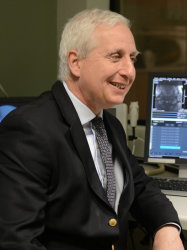BibTex format
@article{Keegan:2014:10.1002/mrm.24967,
author = {Keegan, J and Drivas, P and Firmin, DN},
doi = {10.1002/mrm.24967},
journal = {Magnetic Resonance in Medicine},
pages = {779--785},
title = {Navigator artifact reduction in three-dimensional late gadolinium enhancement imaging of the atria},
url = {http://dx.doi.org/10.1002/mrm.24967},
volume = {72},
year = {2014}
}

